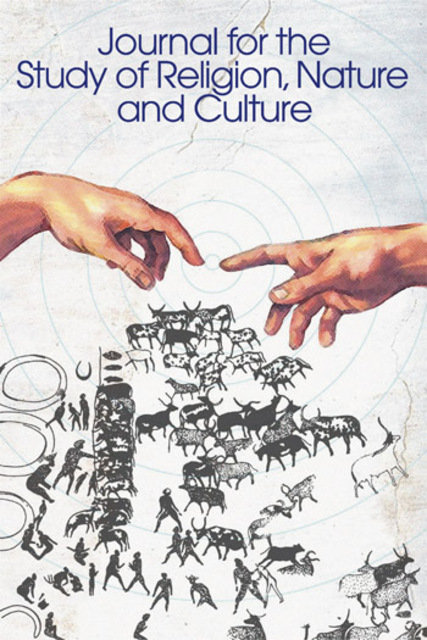The Foliate Head in Medieval Norway: Stave Churches, Disgorging Beasts, and the Green Man

Full description
The foliate head is a common motif in the architectural decoration of Norwegian stave churches. It is commonly used in doorways, where beast’s heads are disgorging foliage or are spewing stems with vine. The artistic style of wooden church decoration in Norway from the eleventh and twelfth centuries clearly shows inspiration from Viking art. This legacy has led to the belief that Christianity inherited the foliate head from a heathen past. This understanding is mainly due to a need for more convincing explanations for this motif. However, it is also due to the high status of trees in Old Norse society, especially Yggdrasill, the great tree that in Norse mythology constituted the center of the world. The article traces the sources for the motif in Norwegian architectural sculpture and the notion of the Green Man in the scholarly tradition in Norway. The Green Man was absent in Viking art, and the motif first appeared in Scandinavia in Romanesque architectural stone sculpture in the early twelfth century.
- typeImage
- created on
- file formatjpeg
- file size107 KB
- container titleJournal for the Study of Religion, Nature and Culture
- creatorKjartan Hauglid
- issnISSN: 1749-4915 (online)
- issue17.2
- publisherEquinox Publishing Ltd.
- publisher placeSheffield, United Kingdom
- doi
We use cookies to analyze our traffic. Please decide if you are willing to accept cookies from our website. You can change this setting anytime in Privacy Settings.
